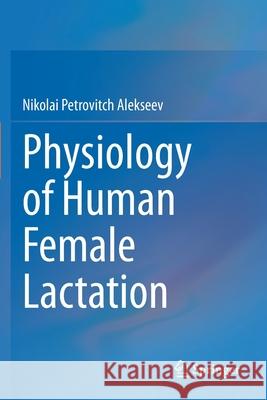Physiology of Human Female Lactation » książka
topmenu
Physiology of Human Female Lactation
ISBN-13: 9783030663667 / Angielski / Miękka / 2022 / 264 str.
Physiology of Human Female Lactation
ISBN-13: 9783030663667 / Angielski / Miękka / 2022 / 264 str.
cena 645,58
(netto: 614,84 VAT: 5%)
Najniższa cena z 30 dni: 616,85
(netto: 614,84 VAT: 5%)
Najniższa cena z 30 dni: 616,85
Termin realizacji zamówienia:
ok. 22 dni roboczych
Bez gwarancji dostawy przed świętami
ok. 22 dni roboczych
Bez gwarancji dostawy przed świętami
Darmowa dostawa!
Kategorie BISAC:
Wydawca:
Springer
Język:
Angielski
ISBN-13:
9783030663667
Rok wydania:
2022
Ilość stron:
264
Waga:
0.37 kg
Wymiary:
23.39 x 15.6 x 1.4
Oprawa:
Miękka
Wolumenów:
01
Dodatkowe informacje:
Wydanie ilustrowane











